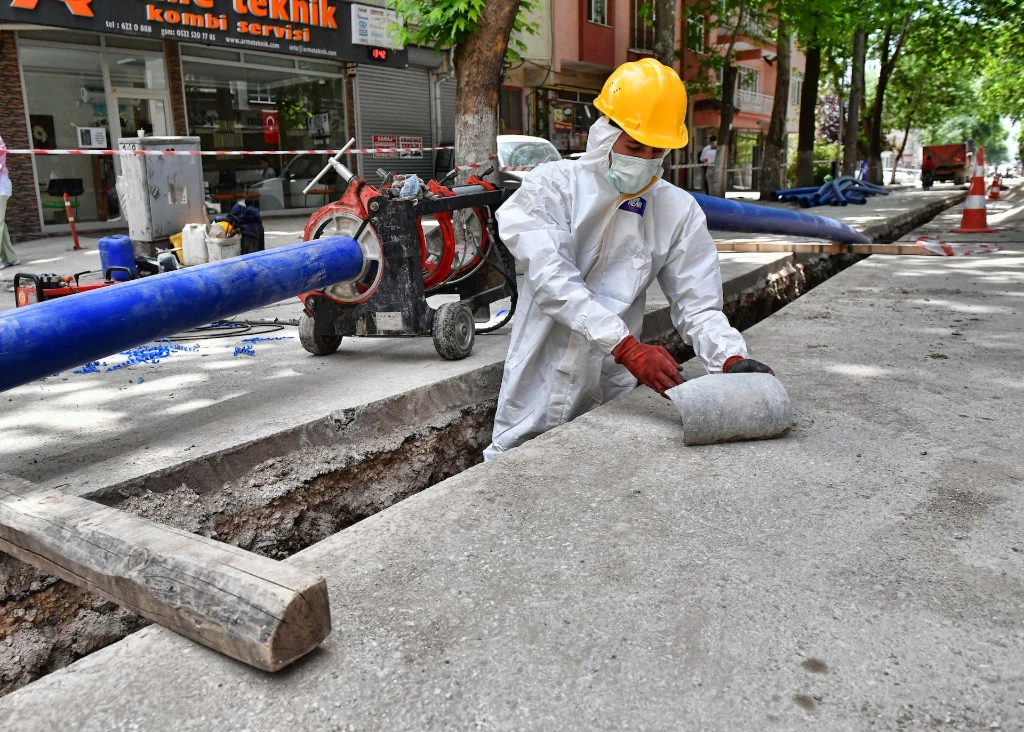If you or someone you know has been recently diagnosed with lung cancer, it’s essential to learn about the different types of this deadly disease. In this blog post, we will discuss Asbestos related lung cancer in detail. This type of lung cancer is much less common than other forms of the disease, but it can be just as deadly. So keep reading to learn more!
Asbestos related lung cancer is a form of the disease that occurs when the cells in the lungs begin to mutate and grow out of control. This type of cancer is most often caused by exposure to asbestos. Asbestos is a natural mineral product that’s capable of resisting heat and corrosion. It was used extensively in the past for insulation, cement and some floor tiles.
Asbestos fibers can be hazardous as they become lodged in the lungs, causing irritation and eventually leading to cancer. People who have worked in occupations exposed to asbestos are at a higher risk of developing white lung cancer.
Symptoms of Asbestos related lung cancer
Symptoms of Asbestos related lung cancer can include coughing up blood, shortness of breath, appetite loss, chest pain, dry and crackling sounds in your lungs while inhaling, weight loss, and fingertips and toes appearing wider and rounder than usual, known as clubbing. If you or someone you know has been exposed to asbestos and is experiencing any of these symptoms, it’s essential to see a doctor immediately. Early detection is critical in treating any type of cancer.
Risk factors
Asbestos is a common mineral that was used in a variety of industries until the 1970s. Asbestos fibers are highly resistant to heat and fire, making them an ideal material for use in high-temperature environments. However, exposure to asbestos fibers can cause several serious health problems, including lung cancer.
Asbestos miners are at the highest risk of developing lung cancer as they are constantly exposed to the mineral. Aircraft and auto mechanics are also at risk, as they often work with asbestos-containing materials. Boiler operators and building construction workers may also be exposed to asbestos fibers, putting them at risk for developing asbestos related lung cancer.

Others at risk include Railroad workers, Refinery and mill workers, Shipyard workers and workers removing asbestos insulation around steam pipes in older buildings. While there is no cure for this type of cancer, early detection and treatment can improve the prognosis. As a result, it is essential for people who work with asbestos-containing materials to be aware of the risks and to take steps to protect themselves.
Complication
While asbestos related lung cancer is a relatively rare form of the disease, it can be quite aggressive. If you smoke or have a history of smoking, you are at an increased risk of developing this type of cancer. Asbestos related lung cancer is often diagnosed at an advanced stage, making it difficult to treat. In addition, cancer may sometimes spread to other body parts, including the liver, brain, and bones. If this happens, the prognosis is often poor. Rarely, malignant mesothelioma, a cancer of the tissue around the lung, can occur many years after asbestos exposure.
Treatment
Several treatment options for asbestos related lung cancer are available, including surgery, radiation therapy, and chemotherapy. The best course of treatment will depend on the individual patient and the stage of the disease. If you or someone you love has been diagnosed with asbestos related lung cancer, you must talk to your doctor about all your treatment options.
Asbestos related lung cancer is a serious disease that can be deadly if not treated promptly. However, with early detection and proper treatment, patients with asbestos related lung cancer can often go on to lead long and healthy lives. Hope you find this article helpful. Thanks for reading.





